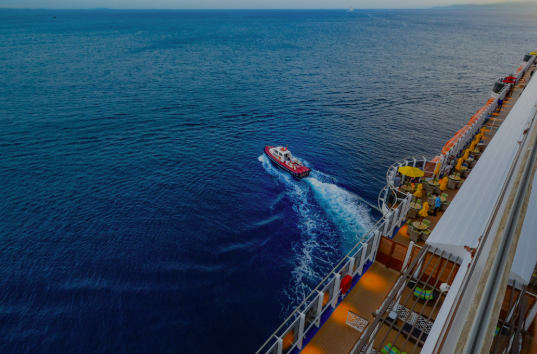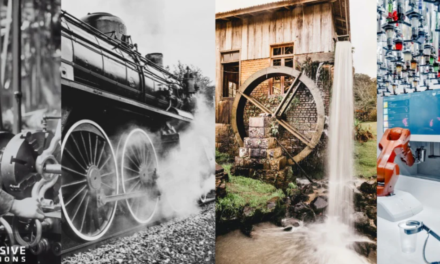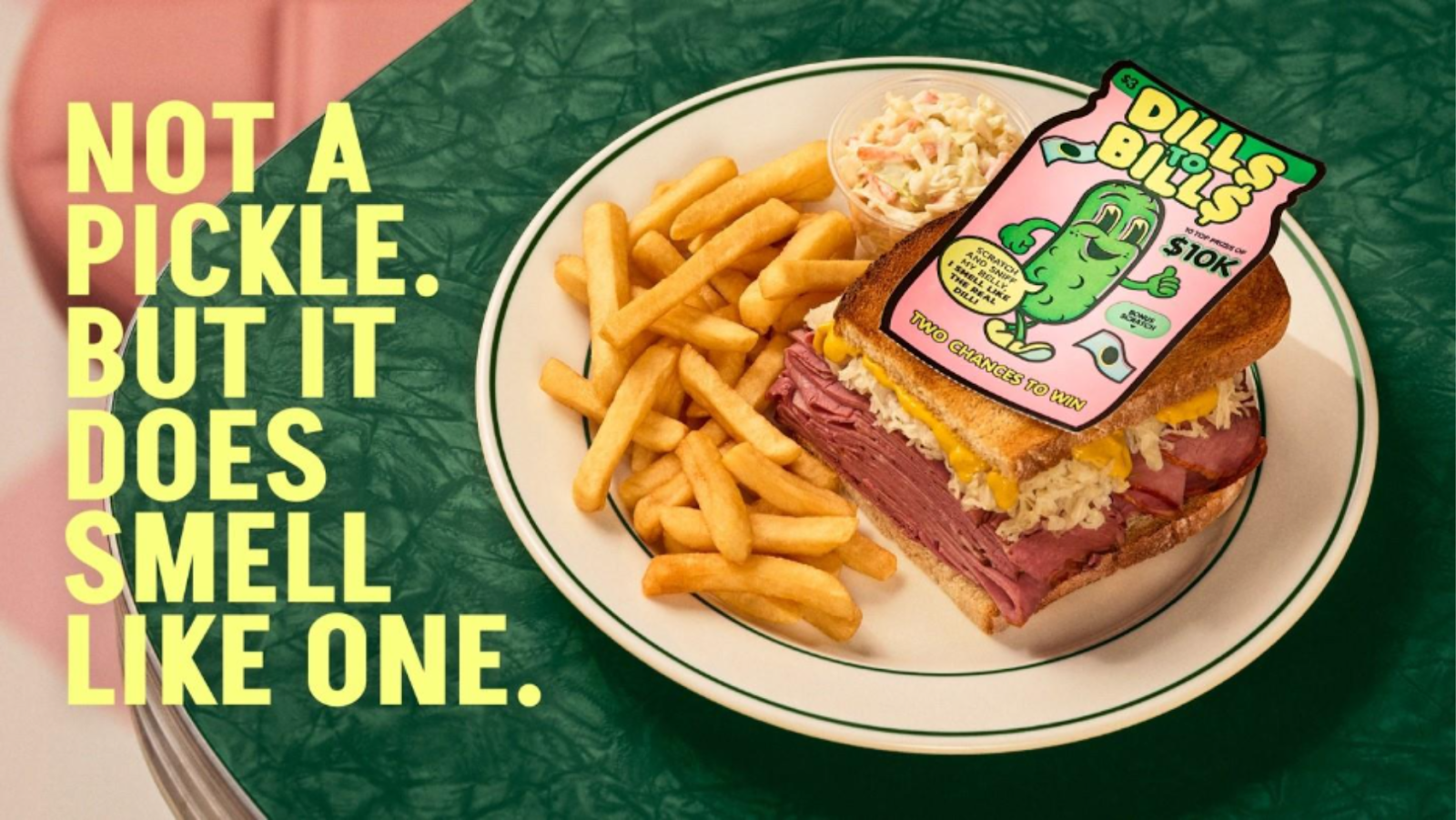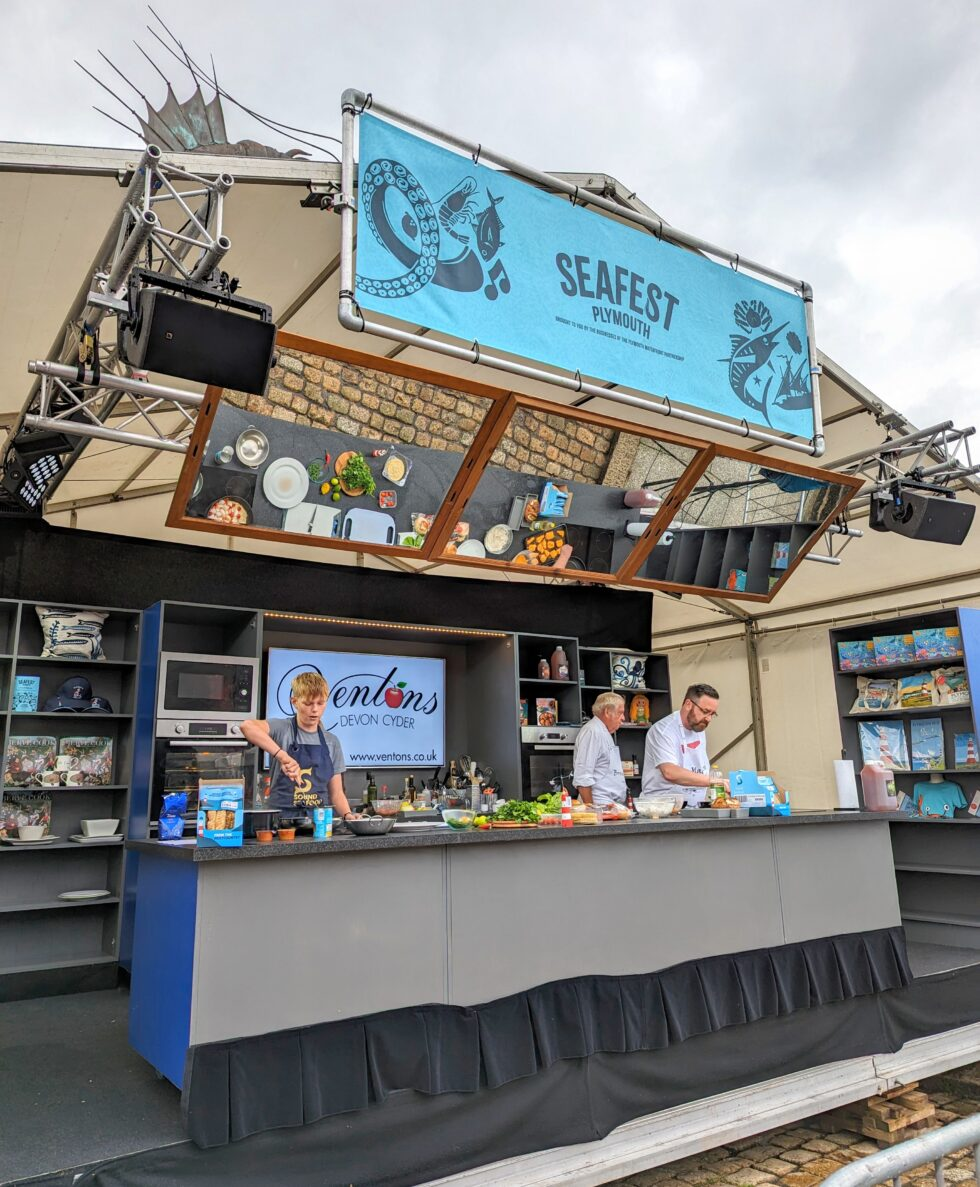Netflix’s Trainwreck docuseries covers the most unforgettable disasters of the modern era, and few are as bizarre, revolting, or darkly compelling as the Carnival Triumph incident of 2013. Poop Cruise is the episode that delves into how a luxury vacation turned into a floating biohazard and it does so with graphic details, survivor interviews and a reminder that not all breakdowns are mechanical — some are deeply human.
Setting Sail: A Cruise to Forget
On February 7, 2013, over 4,100 people boarded the Carnival Triumph in Galveston, Texas, for a four-day Caribbean cruise. Passengers expected sun, relaxation, buffets, and world-class entertainment, much like the top travel destinations for 2025 that promise comfort and joy. But just three days in, a fire broke out in one of the engine rooms. It knocked out propulsion, air conditioning, refrigeration, and most critically, the plumbing system. The ship was left stranded in the Gulf of Mexico, powerless.
What unfolded next turned a dream cruise into a five-day ordeal that made headlines around the globe.
Engine Fire Sparks Disaster
The fire was quickly extinguished but it crippled the ship. With the toilets out of order, human waste started backing up into showers, hallways, and cabins. Toilets overflowed. Biohazard bags were distributed. People started using any private space they could fin,d including closets and balconies, to relieve themselves.
The smell of sewage mixed with rising heat and rotting food created nightmarish living conditions. Passengers started sleeping on the open deck to escape the smell and lack of ventilation. Makeshift “tent cities” formed from sheets and towels gave the upper decks the look of a disaster relief camp.
The Poop Cruise
As the situation worsened, passengers started documenting everything. Thanks to smartphones and social media, the public soon found out about the nightmare on the Triumph. Photos and messages started surfacing of sewage-soaked hallways, mustard sandwiches, and endless lines for supplies. The media called it the “Poop Cruise” and the name stuck. It went viral and became an international embarrassment for Carnival. Cable news networks ran continuous coverage, and even comedy shows made fun of it. But for those on board, it was no joke.
Crew and Passenger Reactions
One of the more interesting parts of the documentary is how it looks at the emotional and psychological responses of passengers and crew. Despite the filth, fear and frustration many people came together. Crew members worked tirelessly to keep order and provide for the guests with very limited resources. Passengers, strangers at the beginning, became caretakers, helpers and allies to each other.
The documentary features first-hand accounts of these moments — from impromptu therapy sessions to jokes about the terrible food — showing how crises can reveal both the worst and best of human nature.
Carnival’s Reaction and Legal Fallout
When the ship finally arrived in Mobile, Alabama, on February 14, five days after the fire, exhausted passengers were met with cheers, cameras, and relief. Carnival issued a public apology and gave each passenger a full refund, $500, travel expenses, and a voucher for a future cruise.
But that wasn’t enough to fix the damage. Lawsuits followed, and investigations revealed some ugly facts: the Triumph had sailed with only four of six generators working and had known issues with the fuel lines, one of which caused the fire. Carnival was slammed for ignoring maintenance and putting profit over passenger safety.
The Lingering Trauma
While the media focused on the spectacle, many passengers carried long-term emotional scars. The documentary includes interviews with survivors like Tay Redford, who was 12 years old at the time. She talks about the lingering trauma and anxiety years later and says the episode doesn’t go deep enough into the psychological damage caused by the experience.
This adds gravity to a story that could otherwise be dismissed as sensational or even funny. The Triumph disaster wasn’t just about poop – it was about people living in fear, filth and confusion with no guidance.
Industry Reforms and Rebranding
After the incident, Carnival invested over $300 million in fleet-wide safety upgrades, including fire prevention systems and additional backup generators. The Carnival Triumph was completely overhauled and rebranded as the Carnival Sunrise in 2019 to distance the ship from its past.
The cruise industry was also under the microscope. Public trust in cruise lines plummeted and the push for a Cruise Passenger Bill of Rights gained momentum. This led to better onboard contingency plans, sanitation protocols and emergency response strategies – all born from the lessons of the Triumph.
Is It Worth Watching?
Trainwreck: Poop Cruise is not easy viewing. It’s graphic, raw, and sometimes outright nauseating. But it’s also incredibly insightful. It humanizes a headline that once seemed like internet fodder. It gives faces and stories to the passengers who endured a surreal, degrading experience — and shows how they coped, adapted, and even found moments of connection.
If you’re interested in disaster psychology, crisis management, or just bizarre travel history, this episode delivers something unique — unlike your usual travel bucket list cities that inspire wanderlust, this one reminds us what happens when comfort completely fails.
Final Thoughts: When Comfort Fails
Trainwreck: Poop Cruise is more than an exposé – it’s a reminder that disaster can happen anywhere, no matter how nice the setting. It shows how thin the line is between luxury and survival and how much we rely on systems we never think about – until they stop working.
For the passengers of the Carnival Triumph, that line was crossed at sea. And for you, it’s a journey that’s uncomfortable, unforgettable, and worth watching.











